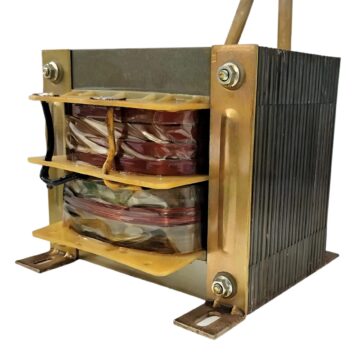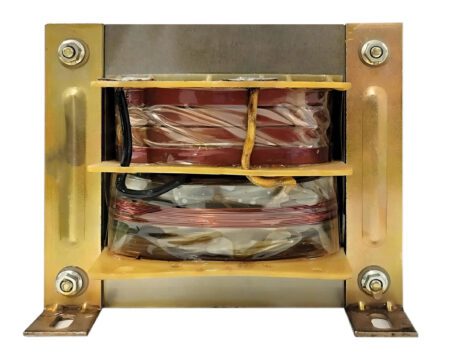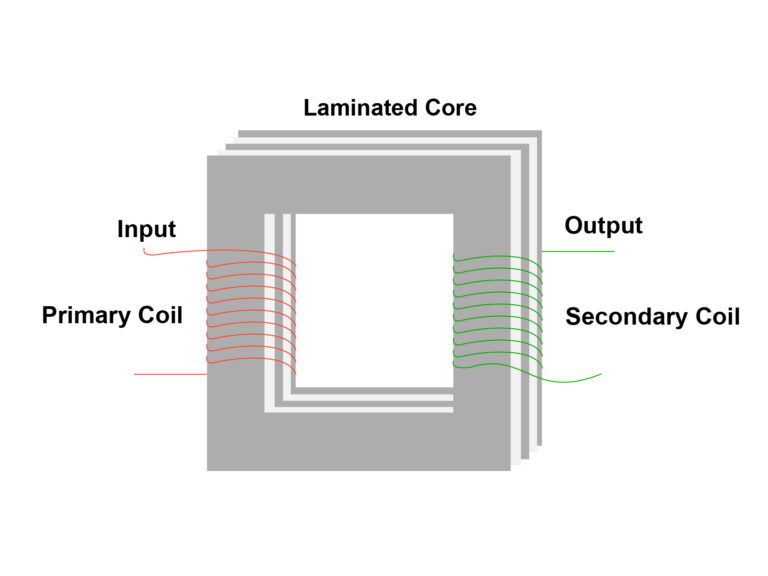What is Isolation Transformer- Its Use and Application?
- Get link
- X
- Other Apps
What is Isolation Transformer?
An isolation transformer isolates one electrical circuit from another and is an electrical devices used for this purpose. It works by separating the primary and secondary windings of a transformer, providing complete electrical isolation between two circuits.
People commonly use this transformer in places where safety is crucial, such as medical equipment, labs, and industrial controls. It protects equipment and people by preventing damage from faults or surges in one circuit affecting others.
Isolation transformers reduce electrical noise and interference by separating circuits. This helps prevent electromagnetic interference from affecting power output, resulting in cleaner and more stable electricity. This is essential in sensitive electronic devices that require clean power signals for optimal performance.
In addition to safety and noise reduction, it also offer voltage regulation. The voltage output can be modified to align with the needs of the linked circuit. This adjustment can be either an increase or a decrease.
The voltage regulators are capable of making these changes. They connect to the circuit. This feature is particularly useful in areas where voltage fluctuations are common, ensuring consistent and reliable power supply.
Overall, isolation transformers play a critical role in various industries and applications, providing essential protection, noise reduction, and voltage regulation for electrical devices. Their advanced technology continues to evolve, making them an indispensable tool for maintaining the safety and efficiency of electrical devices.


Isolation Transformer Working Principle
An isolation transformer works by using ups battery . This law says that when the magnetic field around a wire changes, it creates an electric current. This EMF creates an isolated secondary circuit with no direct electrical connection to the primary circuit.
In simple terms, electricity flows into the primary winding of the transformer, creating a magnetic field. The magnetic field creates a voltage in the second coil that links to the device. Isolation transformers can adjust the number of turns in each coil to increase or decrease voltage levels as required.
An it keeps the primary and secondary windings separate to prevent electrical problems from affecting the secondary circuit. It can adjust the output voltage to match the requirements of the connected circuit.
In summary, an isolation transformer creates an isolated secondary circuit through electromagnetic induction, providing protection and stability for sensitive equipment.

Isolation Transformer Use in UPS
An uninterruptible power supply (UPS) is a critical component in maintaining continuous and stable power supply, especially during unexpected power outages or fluctuations. In this system, an isolation transformer plays a crucial role in protecting the connected equipment and ensuring their uninterrupted operation.
An isolation transformer Use in UPS systems is to provide complete electrical isolation between the incoming utility power and the load it is protecting. This helps to eliminate any potential ground loops, which can cause electrical noise or even damage to sensitive equipment. It also provides an additional layer of protection against power surges and spikes, ensuring the safe operation of connected devices.
Moreover, It helps UPS systems to regulate the voltage output. This is especially important in areas with unstable voltage levels, as it ensures that the connected electrical devices receives a consistent and stable power supply, prolonging their lifespan and reducing downtime.
In short, isolation transformers purpose in UPS systems are important for keeping connected equipment safe and reliable. They provide electrical isolation, protect against noise and surges, and regulate voltage, ensuring a stable power supply.
Application of Isolation Transformers
Isolation transformers have a wide range of applications in various industries, thanks to their advanced technology and numerous benefits. From providing safety and protection for sensitive equipment to reducing electrical noise and regulating voltage output, isolation transformers play a critical role in ensuring the efficiency and reliability of electrical systems.
Some common isolation transformer applications includes:
Medical equipment: Isolation transformers are important in medical equipment because they protect patients and healthcare workers from electrical dangers. They also ensure the accuracy and reliability of sensitive medical instruments.
In factories: Isolation transformers separate control circuits from power circuits for extra protection against surges and interference in industrial control systems.
Lab instruments need precise measurements. Isolation transformers reduce electrical noise, protecting delicate instruments and ensuring accurate results in laboratories.
Audio and video systems commonly use isolation transformers. They help eliminate unwanted noise and enhance sound and picture quality.
Telecommunications: In telecommunication networks, isolation transformers are essential for reducing cross-talk between communication lines, ensuring clear signals and reliable data transmission.
These are just a few examples of isolation transformer applications that industries utilizeses for their unique benefits. By providing safety, protection, and optimal performance, isolation transformers continue to play a vital role in our modern world. So whether you’re in the medical field, industrial sector, or any other industry that requires stable and reliable power supply, having an isolation transformer is a must for optimal performance and safety.
You can also check out our Isolation Transformer fitted ups battery
- Get link
- X
- Other Apps
Comments
Post a Comment